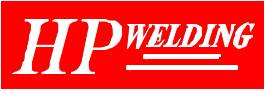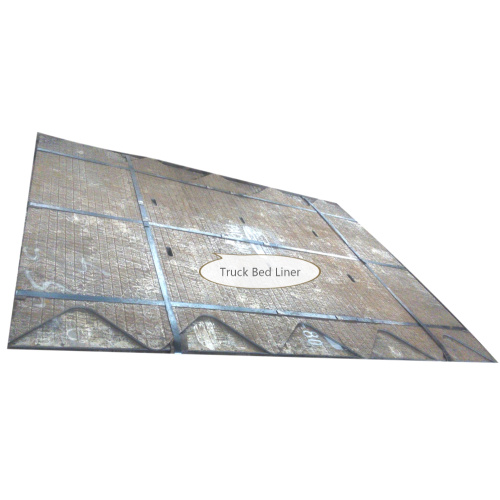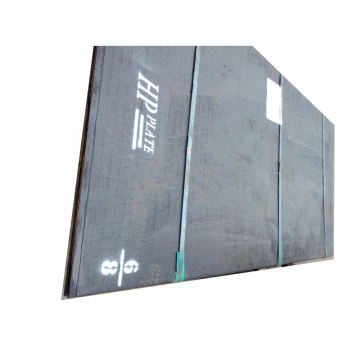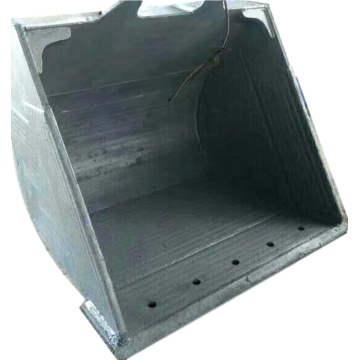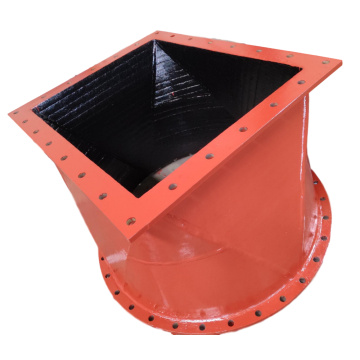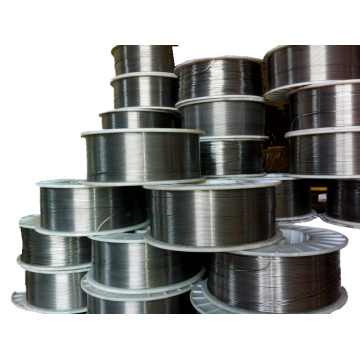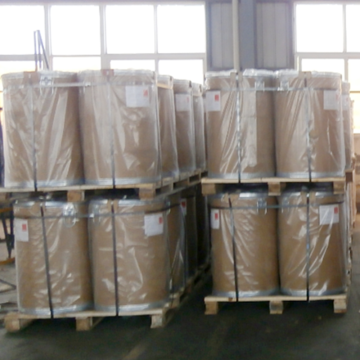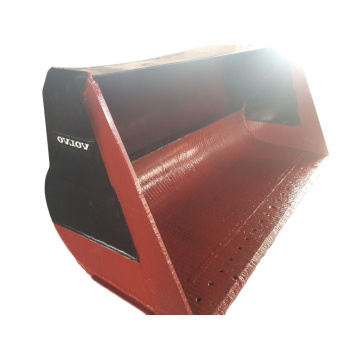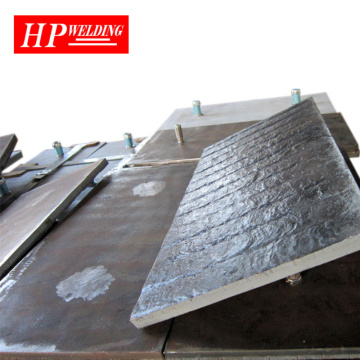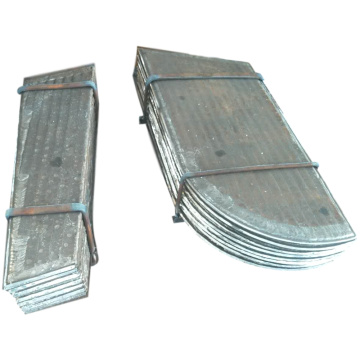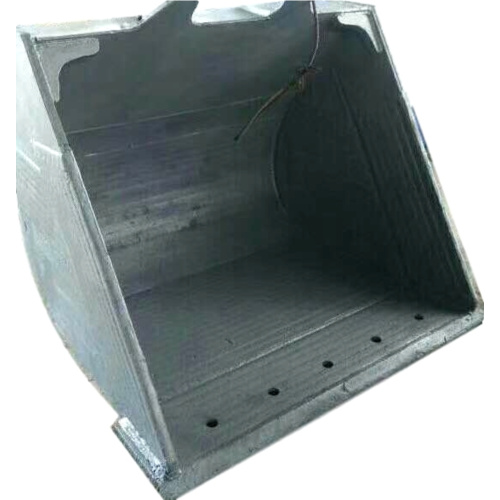
Chute & Hopper Liner
- Min. Order:
- 100 Kilogram
- Min. Order:
- 100 Kilogram
- Transportation:
- Ocean, Land, Air
- Port:
- Shanghai, Qingdao, Shenzhen
Your message must be between 20 to 2000 characters
Contact Now| Place of Origin: | China |
|---|---|
| Supply Ability: | 500 tons per year |
| Payment Type: | L/C,T/T,D/P,Paypal,Money Gram,Western Union |
| Incoterm: | FOB,CFR,CIF,EXW,FCA |
| Certificate: | ISO9001: 2015 |
| HS Code: | 84749000 |
| Transportation: | Ocean,Land,Air |
| Port: | Shanghai,Qingdao,Shenzhen |
Chute & Hopper Liner
The Advantage that HP Welding has on wear parts
- Rich experience
- High quality and consistency
- Strict quality control
- Different sizes and configurations
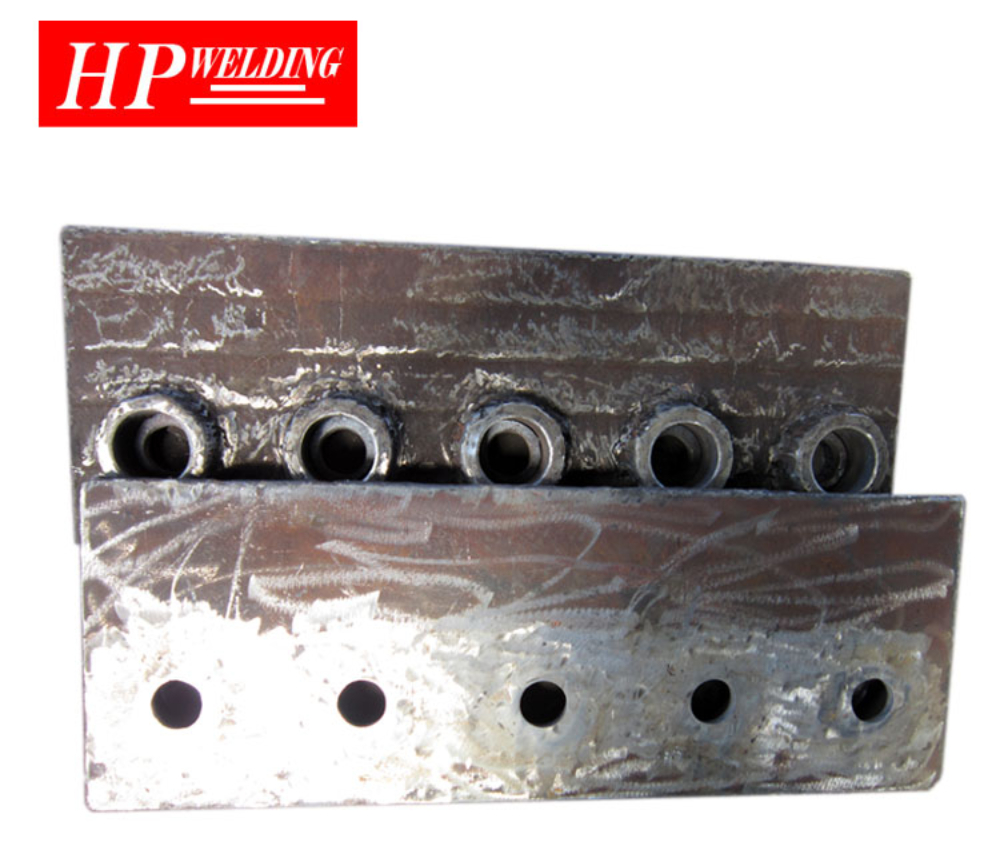
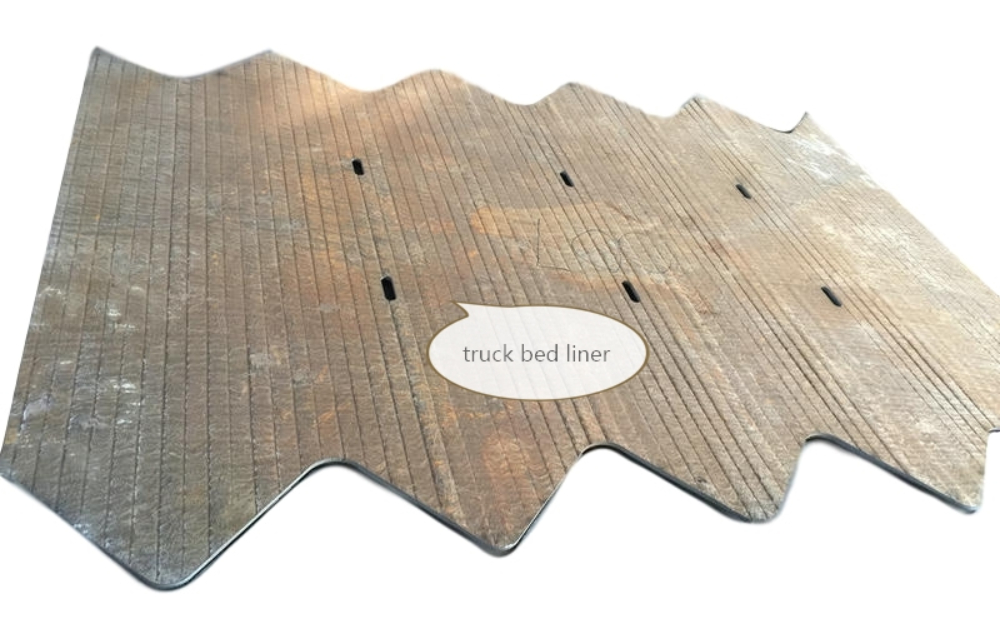
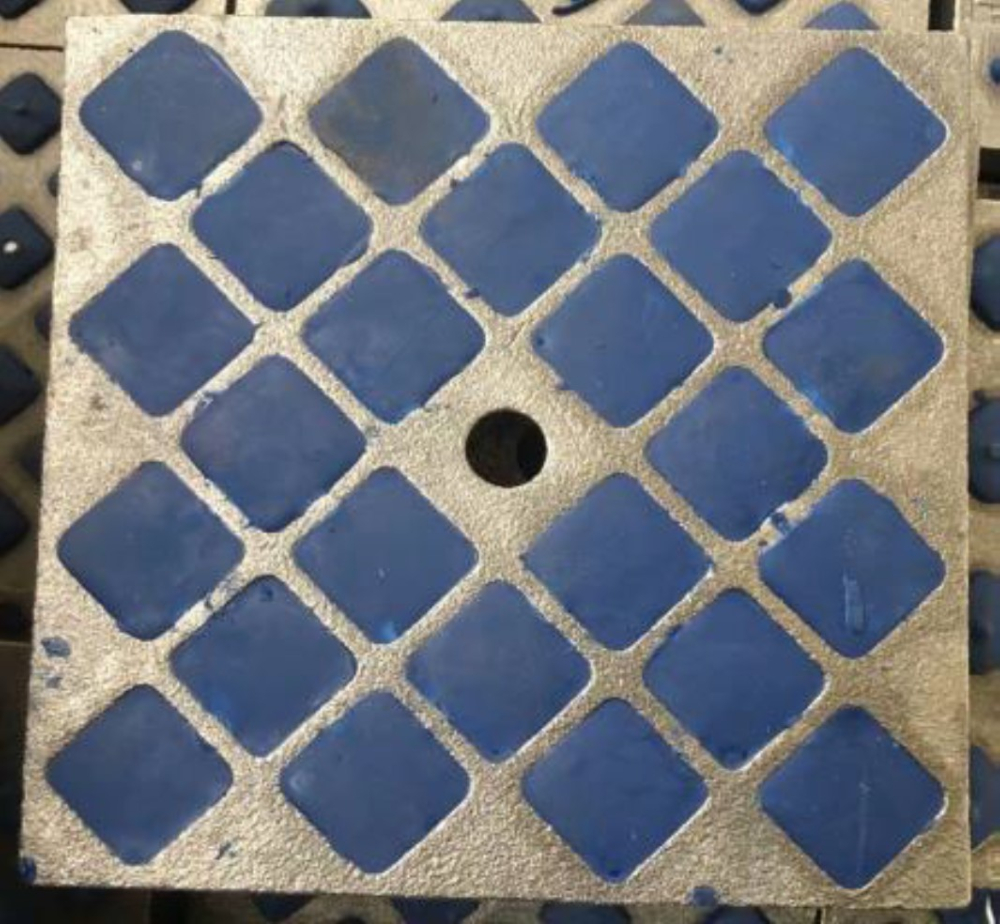
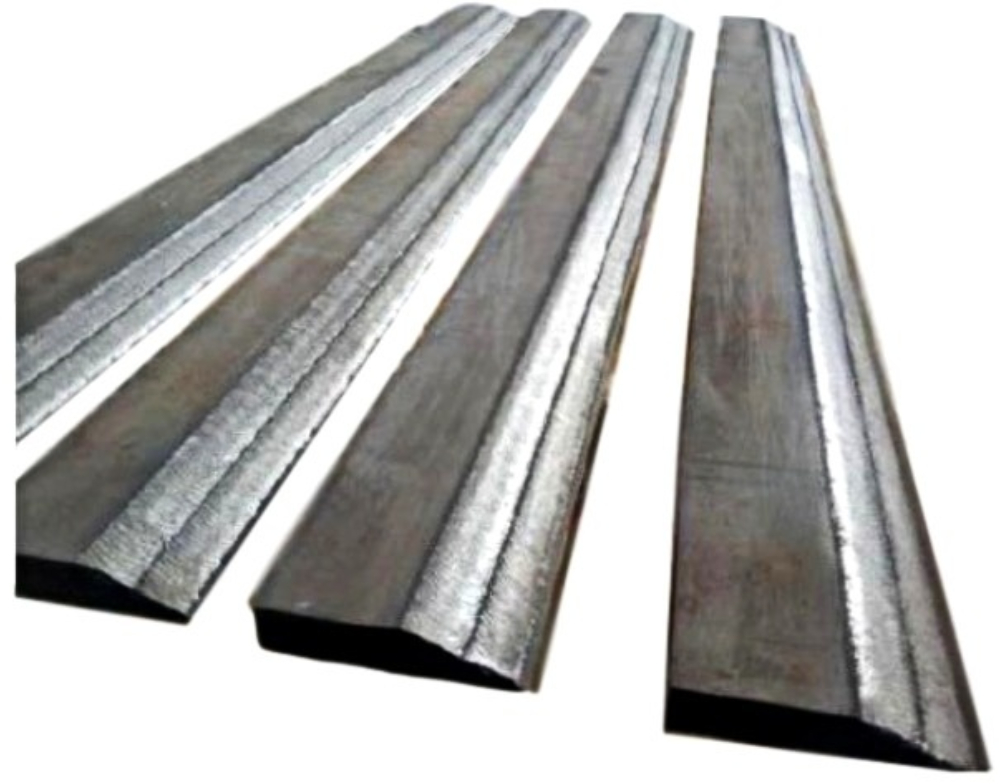
Standard Specifications of HP Wear Plate :
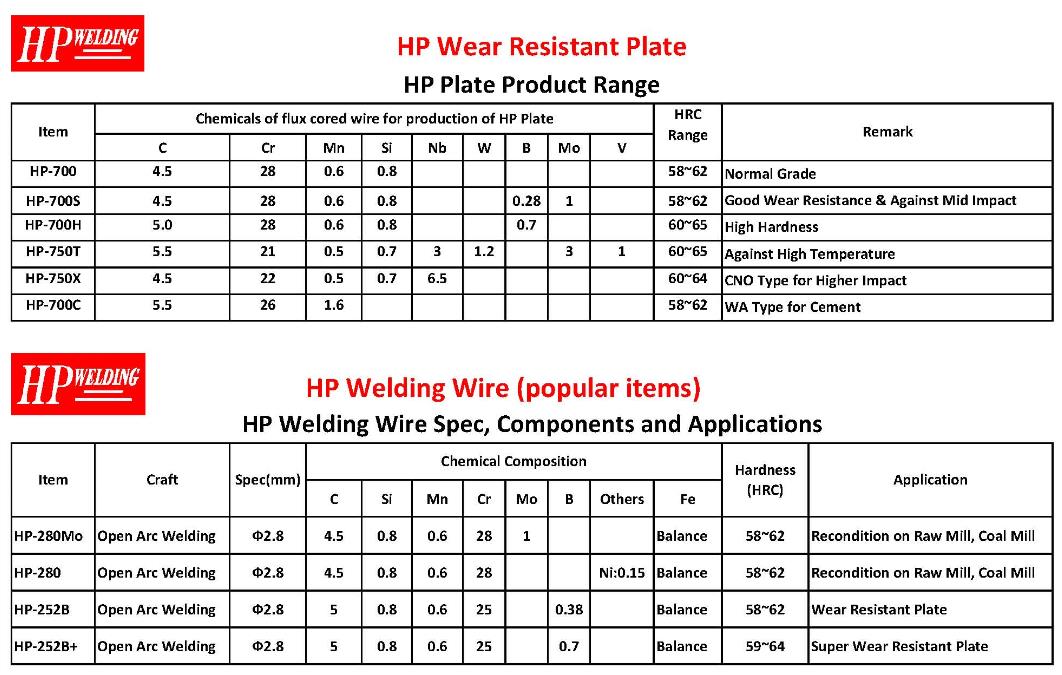
Packing & Delivery of Wear Plate
Packing Way: By Wooden Case, By Steel Belt, By Steel Pallet
Delivery Time: 30 days after order confirmation
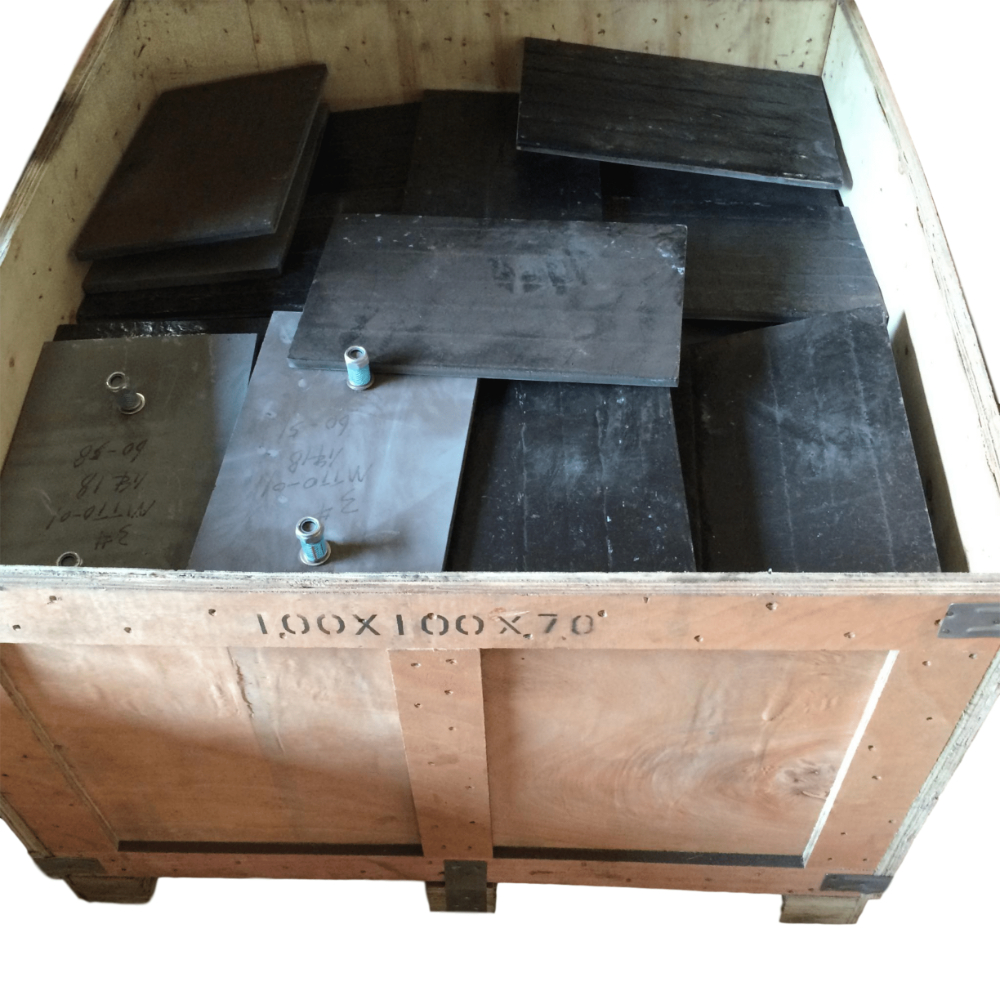
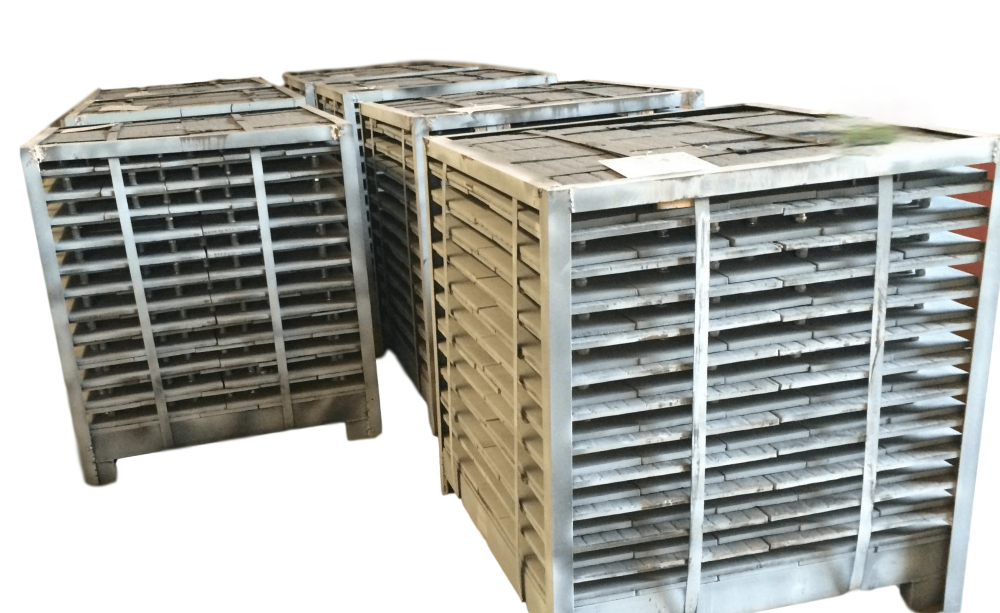
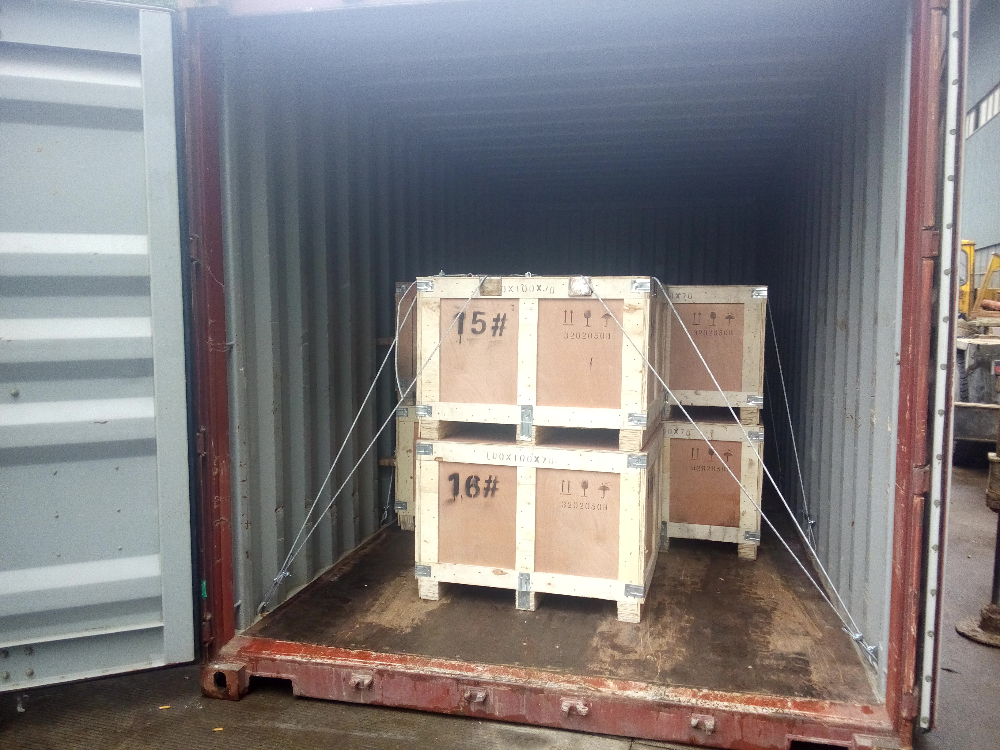
Anti-abrasion Comparison_HP Plate vs Other Plate
Company Information
HP Plate (Huifeng Wear Resistant Industry Co., Ltd.) was founded in 1994, as the former Taiwan's Upking-Kurimoto Ltd., led by president Mr. Zhang Kun-Mou, using the world-famous Japanese KURIMOTO hardfacing welding patented technology & high end welding materials. HP Plate has become the most experienced expert providing one-stop wear solution & products.
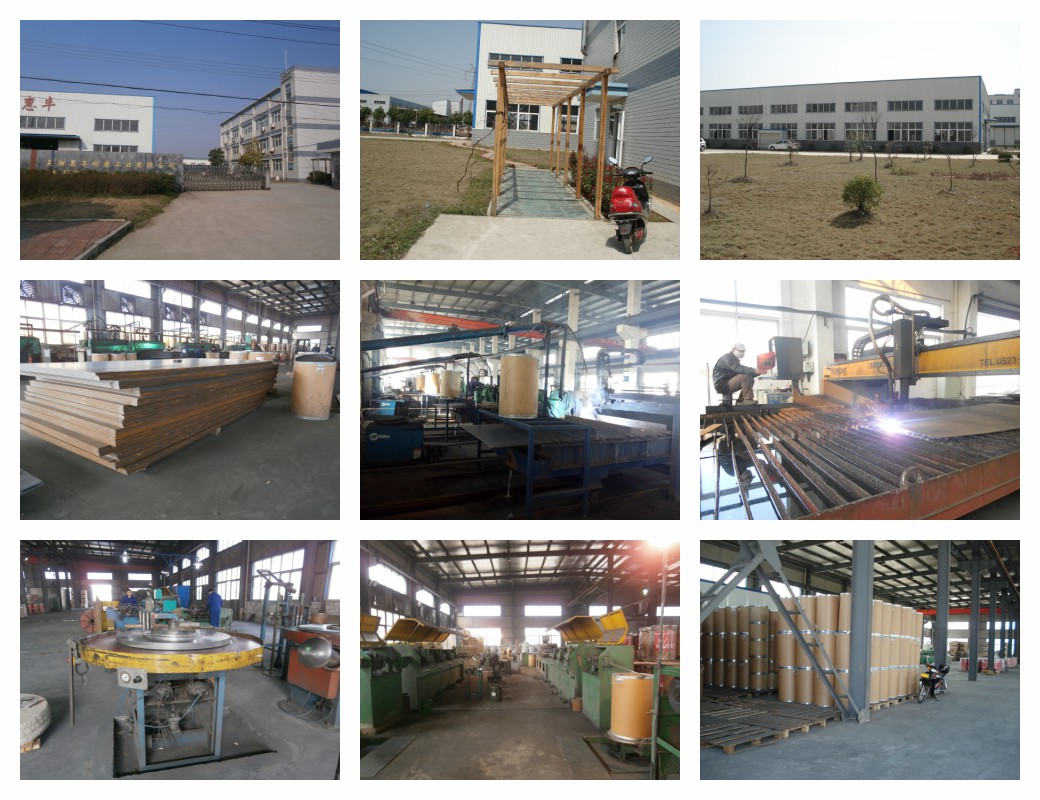
HP Wear Products Range:
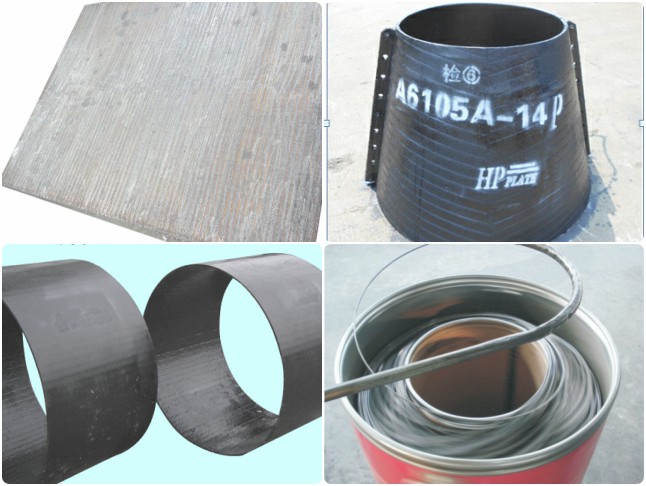
HP Factory Laboratory

Company ISO Certificates:
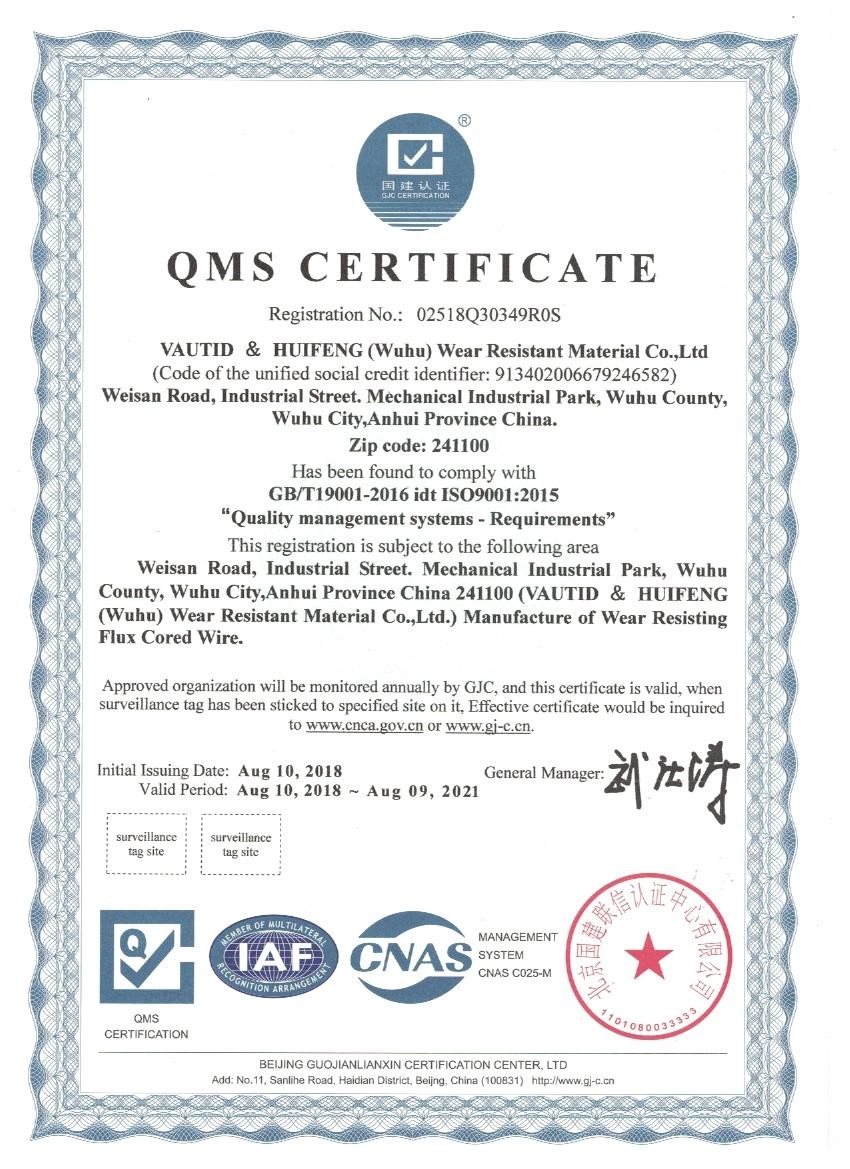
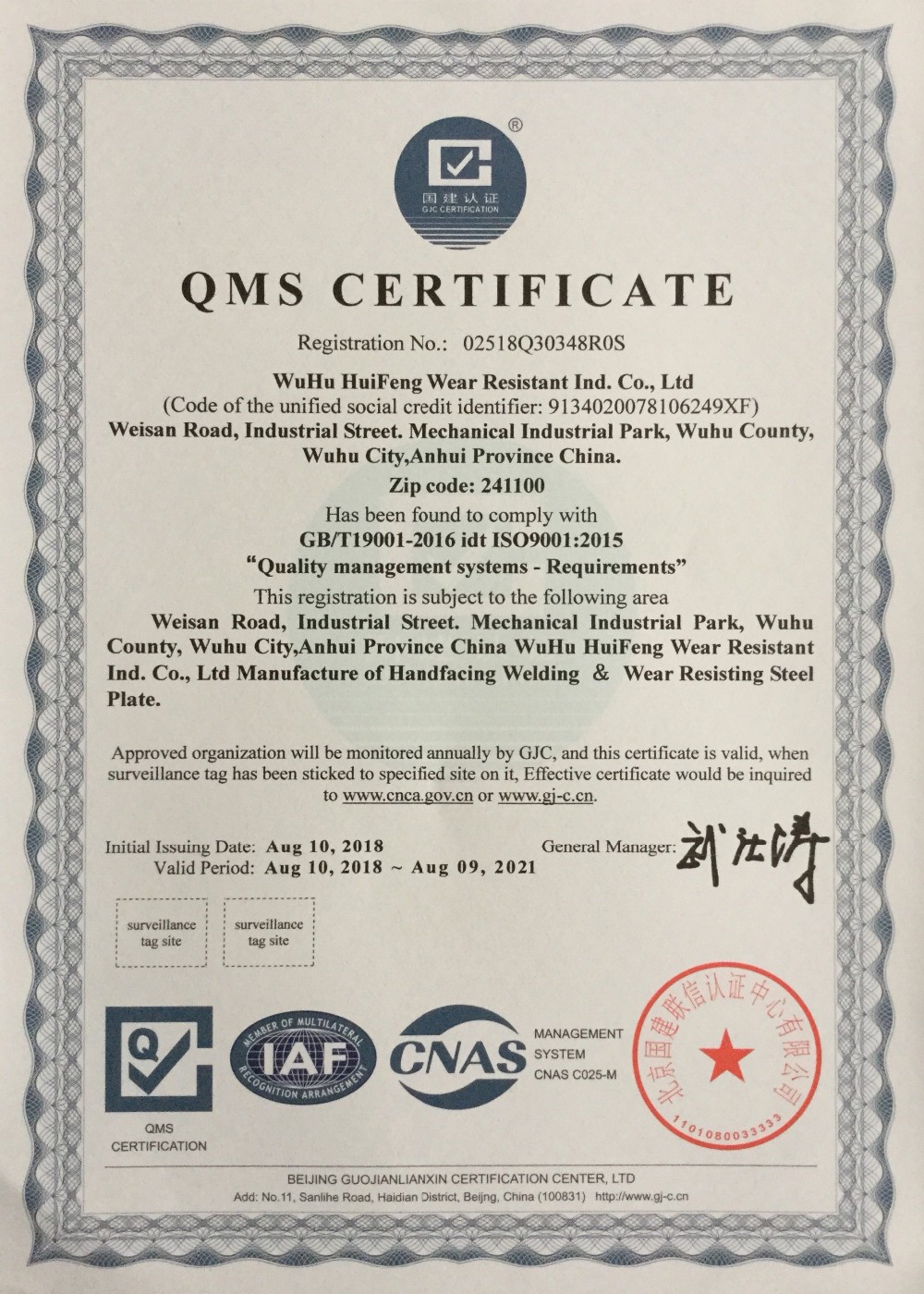
FAQ On HP Wear Products
Question: Can I cut or drill a hole in an HP overlay plate?
Answer: No. The chromium-carbide layer is not drillable or machineable. When necessary, you may be able to cut it with plasma, waterjet, or arc-gouging.
Question: What are the most popular applications with hardfacing products?
Answer: The typical applications include Mining Site, Steel Mill, Cement Industry, Power Generation, Glass Industry, Construction, Dredging, Oilsand, etc where need to fight with abrasion and impact.
Related Keywords

